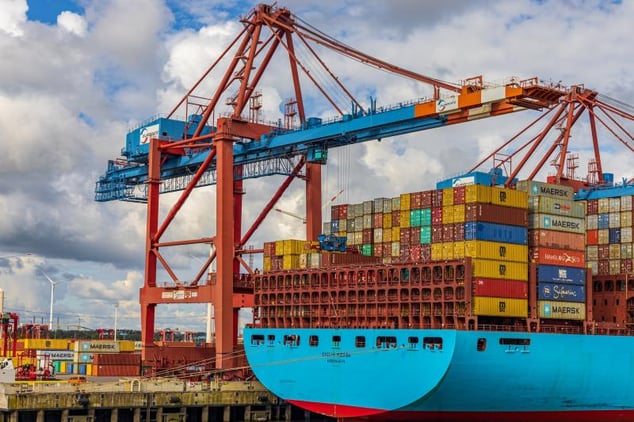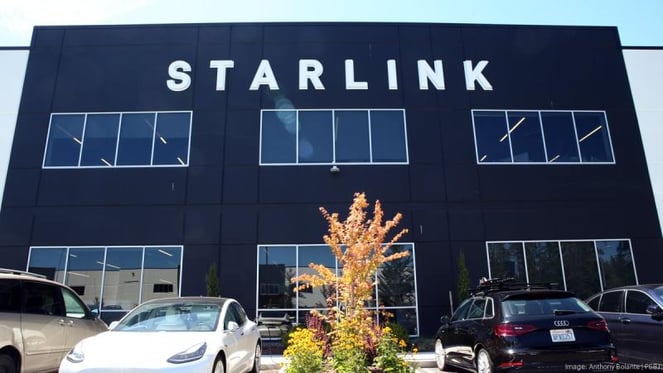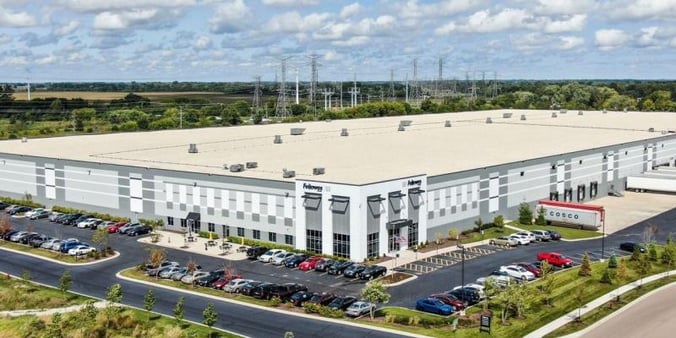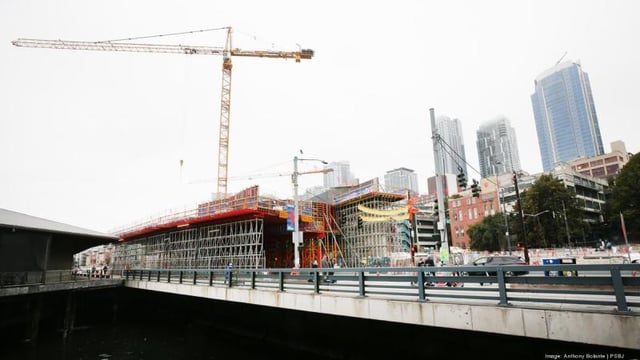
Seattle Tops U.S. Crane Count Despite Construction Slowdown and Rising Costs
|
Seattle leads the nation with 45 construction cranes, but this is a decrease from its peak in 2018. Construction costs in Seattle have increased by nearly 9.2% year-over-year. Portland and Boston also saw cost increases. Despite economic challenges, the construction industry remains resilient, with over 8 million people employed in the sector. However, there is a slowdown in recent activity, and some concerns include softer public sector work and financing issues. Commentary from Spencer Esau, SMARTCAP's Acquisitions Manager: Once again, Seattle leads the nation with 45 cranes in operation. While this is a positive indicator, take it with a grain of salt as 27 of these are for residential towers, and only 4 are attributed to commercial projects. Regardless, more residential demand is an indicator of population growth and future increased consumption. This points to a potential trickle-down effect of increased demand for commercial developments in the future. |
Port-Adjacent Industrial Markets Flourish Amid Economic Challenges and Shifting Trade Patterns

Despite challenges in North America's economic landscape, including declining port volumes due to factors like the softening economy, labor disruptions, and shifting consumer spending habits, the industrial real estate markets adjacent to ports are thriving. These markets have premium rents and low vacancy rates, with impressive absorption rates in some areas like Savannah and Houston. Developers are optimistic, with a significant amount of industrial space under construction, comprising 34% of the U.S. total. While there have been fluctuations in cargo volumes, the industry remains resilient, and port-adjacent markets are expected to sustain competitive rental rate growth and tight vacancy rates in the face of ongoing economic challenges.
Commentary from Dominic Vinti, SMARTCAP's Sr. Acquisitions Analyst:
Import volumes at US ports fell 22.2% across major US maritime ports. Several factors contributed to the steep drop in volumes. Labor strikes on West Coast Ports caused shutdowns in the summer that are now being represented in recent Port Data, an agreement between ILWU and employers was reached in August. Shifts in consumer spending and demand and the softer Q1 & Q2 macro-economic performance also contributed to softening port volumes.
Looking forward, projections show 2023 will outpace 2019's volumes but trail the peaks of 2021 and 2022. This bodes well for long-term projectible and sustainable growth in port volumes. Labor negotiations on the East Coast may push volumes back to the West Coast Ports, just as the West Coast disputes had the inverse effect. Industrial Real Estate's performance remained resilient despite the reduction in volumes, showing a positive forward outlook when more positive Macro Economic Conditions allows for the flow of goods to ramp back up at our nations ports.
Eastside's Space Industry Soars: Aerojet Rocketdyne Expands as Amazon's Project Kuiper and Others Ignite Satellite Race

|
The Eastside space industry is on the rise, with manufacturers expanding to meet the growing demand for rocket and satellite components. Aerojet Rocketdyne in Redmond is doubling its manufacturing areas and has added 75 jobs in the past 10 months, with plans for further growth. Amazon's Project Kuiper is building a massive satellite constellation in the area due to its proximity to the parent company, Amazon Inc. SpaceX's Starlink is facing competition from Kuiper and OneWeb as they expand their satellite networks. While the concentration of space manufacturing offers access to talent, it also creates competition for the same talent pool. Exciting developments in the Eastside space industry! Commentary from Spencer Esau, SMARTCAP's Acquisitions Manager Seattle’s dominance in space related industries continues to grow. Between Blue Origin's headquarters in Renton, recent local expansions by SpaceX, and the fast-growing ecosystem of suppliers, partners, and consultants, the future is bright. As white-collar manufacturing continues to expand in King County, expect more industrial users to be forced into Pierce County, Snohomish County, and beyond. Also note that SpaceX is likely to announce an IPO in the near future. |
Resilient Warehouse Market: Leasing Slows Amid Economic Headwinds, Yet Rents and Demand Climb

|
Companies are leasing less new warehouse space due to various factors, including weak freight demand and high interest rates. However, the industrial real estate market remains historically tight. The rapid expansion of warehouse space driven by pandemic-driven e-commerce demand has slowed, but businesses are still taking up new space, causing warehouse rents to rise. Commentary from Dominic Vinti, SMARTCAP's Sr. Acquisitions Analyst Leasing velocity in the industrial real estate sector has cooled in recent quarters. Many industry leaders believe this to be "taking the foot off the gas" versus an overall slowdown in the market. Many key performance indicators on a national scale remain below pre pandemic levels. Vacancy has ticked up in every quarter since Q2 of 2022, but Q2's national vacancy of 2.9% was a historic low for the industry. Demand has slowed yes, but the increasing vacancy is also a product of large scale deliveries in many markets from the end of the COVID era construction boom. Many users are still leasing high quality functional space, just not at the record pace we were seeing. Businesses are also taking down space to catch up and resolve supply chain issues that arose during the pandemic. Industrial real estate still has a positive long-term outlook, as the fundamentals remain strong, especially in core gateway markets. Returns may never reach the peaks we were seeing in 2020-2022 boom, but Industrial still remains an attractive asset class, especially in comparison to its peer asset classes. |
TAGS: Musings

